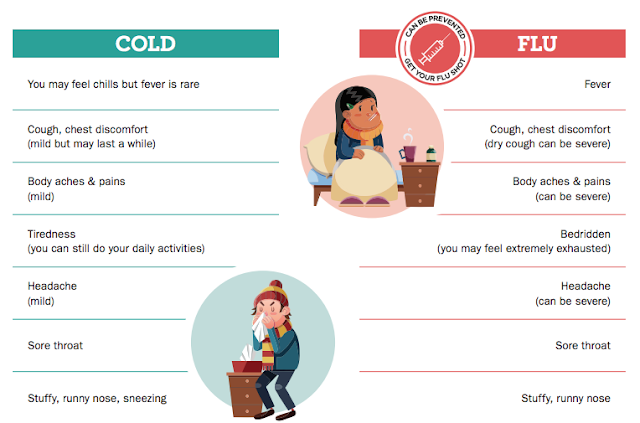Exercising When Sick: Should You Skip a Workout?
by Andrea Dietrich, B.Kin, CSEP-CPT, Fitness & Training Coordinator, Recreation Services at the University of Manitoba
It’s not your imagination – more and more of your colleagues are getting the sniffles. It’s just that time of year again. Cold and flu season is upon us, and we have provided a few ways to help you determine whether to lace up your shoes or stay home and rest.
If you’re experiencing aching muscles and fatigue, you can work at a lighter intensity or skip the gym all together until you recover. If the cold is below the neck and you can’t quite cough it out, we recommend you stay home and hydrate.
If you’re experiencing a fever, please stay away from public spaces, including the gym. Stay home until your fever breaks and has been down for at least 24-hours. Again, the flu is usually accompanied by aches and chills, and it’s recommended that you stay out of the gym for health and safety reasons.
With certain gyms, you have access to a sauna, and it’s tempting to try and sweat your cold or flu out; however, we strongly recommend against doing so as this could exacerbate your systems and make your symptoms worse.
When you’re ready to return to the gym, start with a lighter intensity workout and ease back into your regular routine if you’re feeling closer to 100%.
Here are some other great resources on prevention, symptoms, and treatment of the flu and the common cold. The Flu – The Common Cold.
It’s not your imagination – more and more of your colleagues are getting the sniffles. It’s just that time of year again. Cold and flu season is upon us, and we have provided a few ways to help you determine whether to lace up your shoes or stay home and rest.
Cold or Flu?
Determining whether you have a cold or the flu is an essential first step, not only for exercise prescription but also treatment. The Public Health Agency of Canada provides a fact sheet to help determine whether you have a common cold or have picked up the flu (Click the image for more information).The “Above the Neck” Rule
Once you’ve determined it’s not the flu, it’s time to do a neck check. A cold will typically last 1-2 weeks. If your symptoms are “above the neck” such as sneezing, stuffy sinuses, or a sore throat, the good news is you should be just fine to work out. Though, if you do decide to hit the gym, make sure you’re cleaning any and all equipment after use to prevent others from getting sick.If you’re experiencing aching muscles and fatigue, you can work at a lighter intensity or skip the gym all together until you recover. If the cold is below the neck and you can’t quite cough it out, we recommend you stay home and hydrate.
What if I have the flu?
The flu generally lasts for 2-3 weeks, with the more severe symptoms lasting approximately 3-7 days.If you’re experiencing a fever, please stay away from public spaces, including the gym. Stay home until your fever breaks and has been down for at least 24-hours. Again, the flu is usually accompanied by aches and chills, and it’s recommended that you stay out of the gym for health and safety reasons.
With certain gyms, you have access to a sauna, and it’s tempting to try and sweat your cold or flu out; however, we strongly recommend against doing so as this could exacerbate your systems and make your symptoms worse.
When you’re ready to return to the gym, start with a lighter intensity workout and ease back into your regular routine if you’re feeling closer to 100%.
In Summary
Start by determining if you have a cold and use the neck rule as a general guideline. If you’re able to get a workout in, be respectful of others and clean the equipment thoroughly. If you have the flu, stay home and get some rest.Here are some other great resources on prevention, symptoms, and treatment of the flu and the common cold. The Flu – The Common Cold.





Comments
Post a Comment